In today's digitally driven world, QR codes have evolved from a novelty into a strategic powerhouse for bridging offline customer moments with digital engagement. For clock repair shops, QR codes present a modern, frictionless way to boost appointment bookings, increase marketing ROI, and provide instant access to critical service information, all without requiring customers to download an app or learn a new process.
One persistent frustration for many repair shops is missing out on high-intent prospects because their interest is not consistently tracked or captured, especially when customers seek information but do not submit forms. QR codes help address this by providing a tangible way for visitors to signal their interest, turning fleeting offline interactions into digitally trackable leads.
QR codes also reduce the challenge of anonymous traffic. Many visitors browse physical materials or shop signage but never formally engage. By capturing scan activity, shops can illuminate these once-invisible touchpoints, guide more prospects into genuine conversation, and avoid lost opportunities.
How to Achieve Higher Conversion Rates in Clock Repair Shops Using QR Codes: A Step-by-Step Guide
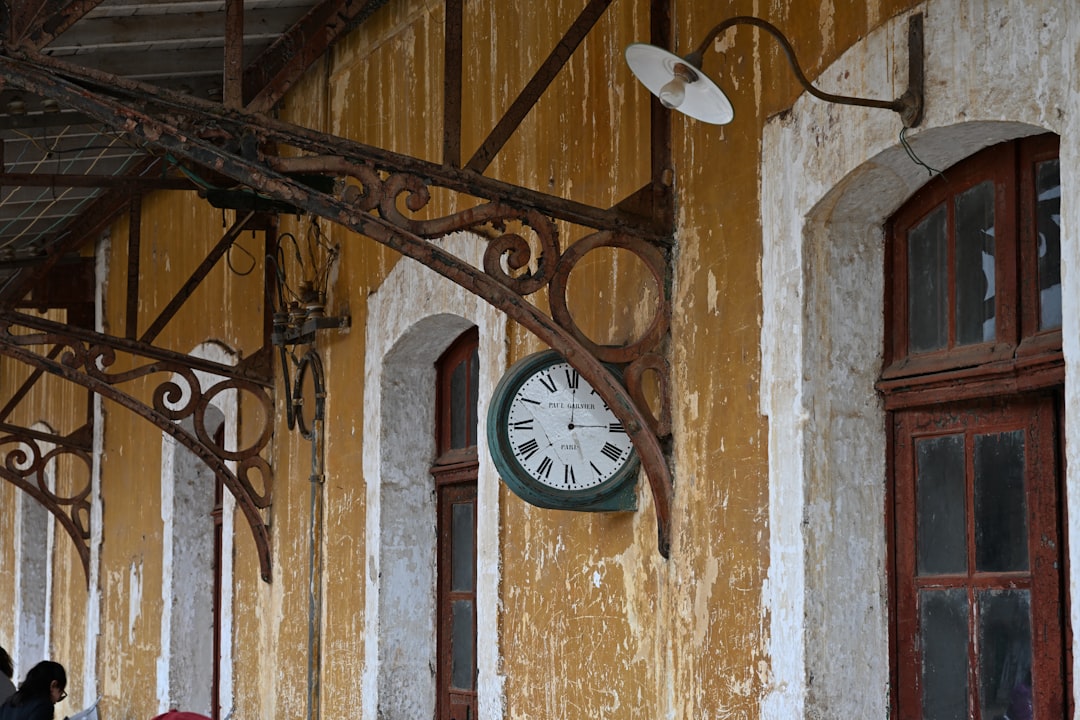
QR codes bridge the gap between physical touchpoints and digital outcomes, making it easier to boost conversion rates, streamline scheduling, and drive engagement for clock repair shops. When every piece of print collateral invites a scan that leads to a clear action, more customers move from curiosity to commitment.
Some of the main challenges shops face include prospects dropping off before making contact, or demo interest going unconverted because follow-up relies on clunky manual processes. Printed brochures, paper intake forms, and phone-only scheduling introduce friction that slows buyers down. QR codes make it far simpler to keep these opportunities warm and actionable by turning every moment of interest into a measurable next step.
Here is how to do it effectively:
- Upgrade analog materials: Replace printed brochures and business cards with QR-enabled versions that drive visitors directly to online booking forms or service detail pages. This change ensures that high-value prospects who might otherwise leave without a trace are now captured as hot leads, and it removes the need for manual data entry.
- Automate the post-service loop: Use QR codes on appointment slips and receipts to invite post-service feedback or prompt return visits. This reduces reliance on manual follow-ups, lowers the chance of losing customer interest after a positive service experience, and encourages reviews that bolster local SEO.
- Make in-store calls to action impossible to miss: Design QR placements on in-store signage, event booths, or direct mailers with bold prompts for services like 古董钟表修复 or custom restoration. Clear CTAs plus visible placement turn every physical touchpoint into an entryway for ongoing engagement.
- Track behavior to refine strategy: Track scan behavior using intelligent tools for real-time insight. With a dashboard like Sona QR, you can identify which messages and placements drive actual inquiries and adjust budgets accordingly. Continuous optimization converts more first-time scanners into paying clients.
With advanced QR management, every scan is captured, segmented, and ready for follow-up. This ensures customer intent is not lost due to disconnected processes, and it replaces guesswork with data. Outdated workflows such as paper sign-up sheets for restoration estimates, untracked flyer distribution, and ad hoc follow-up calls can be retired in favor of automated journeys that turn scans into scheduled appointments and repeat business. Sona QR is built to support every step of this transformation, from code creation and dynamic updates to analytics and CRM integrations.
Why Do QR Codes Matter for Clock Repair Shops?
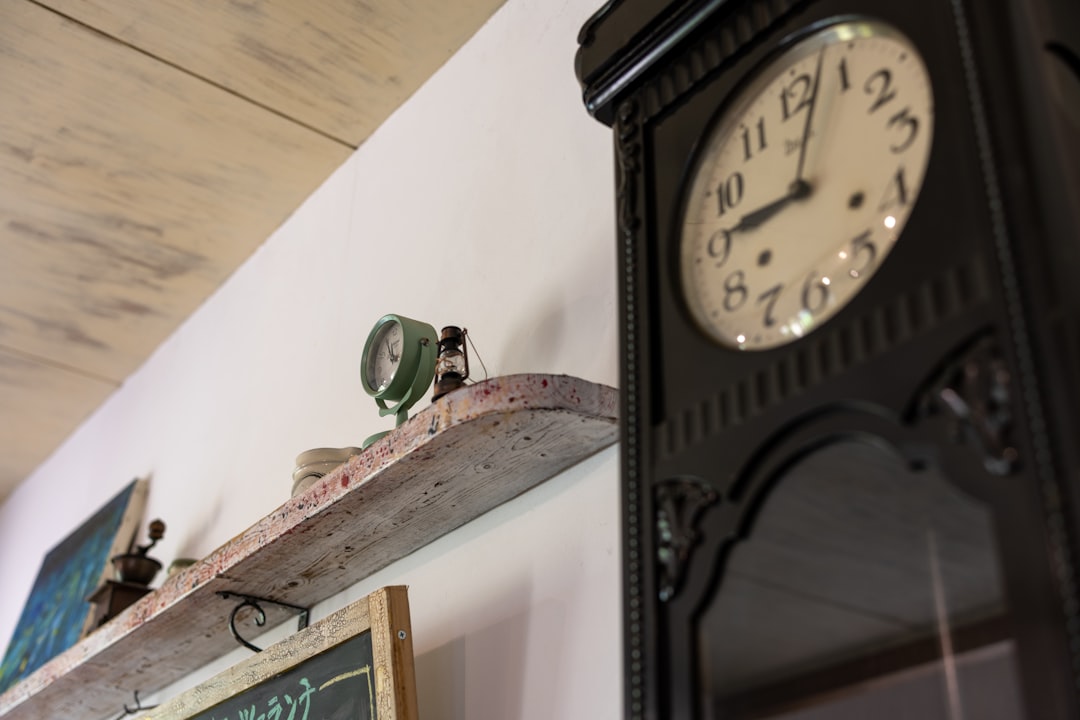
Clock repair shops face unique challenges, bridging traditional craftsmanship with modern consumer expectations. QR codes seamlessly connect physical marketing and service touchpoints with digital journeys, providing new data and automation opportunities that traditional workflows frequently lack. They empower small shops to present a polished, tech-forward experience while staying focused on meticulous workmanship.
- Offline to online gaps: Prospects who interact with appointment cards, service flyers, or brochures rarely leave full contact details. QR codes on printed collateral and service tickets instantly direct customers to book consultations or view horology guides. This fills visibility gaps and ensures that high-intent leads do not slip through the cracks when they move from a flyer to their phone.
- Need for speed and simplicity: Modern customers want quick solutions and smooth experiences. QR codes let customers request an estimate, upload photos of a clock mechanism, or message the shop with one scan. No complicated forms, no app download, and no reliance on memory to call later.
- Dynamic content flexibility: Shops frequently rotate offers such as seasonal cleanings, cuckoo clock tune-ups, and 古董钟表修复 promotions. Dynamic QR codes allow you to update the destination behind a printed code, so you never have to reprint signage when a promotion changes and you never confuse prospects with outdated information.
- Trackability: Traditional print on its own is difficult to measure. QR codes, when paired with analytics platforms like Sona QR, give you direct attribution from scan to appointment. You can see which shop window sign, mailed reminder, or event display actually generated a repair intake.
- Cost efficiency: As boutique shops compete with larger service centers, QR codes offer a scalable and cost-effective way to reach high-value clients. They turn every piece of print and every surface in your shop into a measurable acquisition channel, without adding staff overhead.
In practice, the biggest advantage is converting passive interest into action. An antique collector who pauses at your booth, a homeowner flipping through a neighborhood mailer, or a walk-in who admired a grandfather clock restoration can all act immediately through a scan. That speed translates into more conversations and more revenue.
Common QR Code Formats for Clock Repair Shop Use Cases
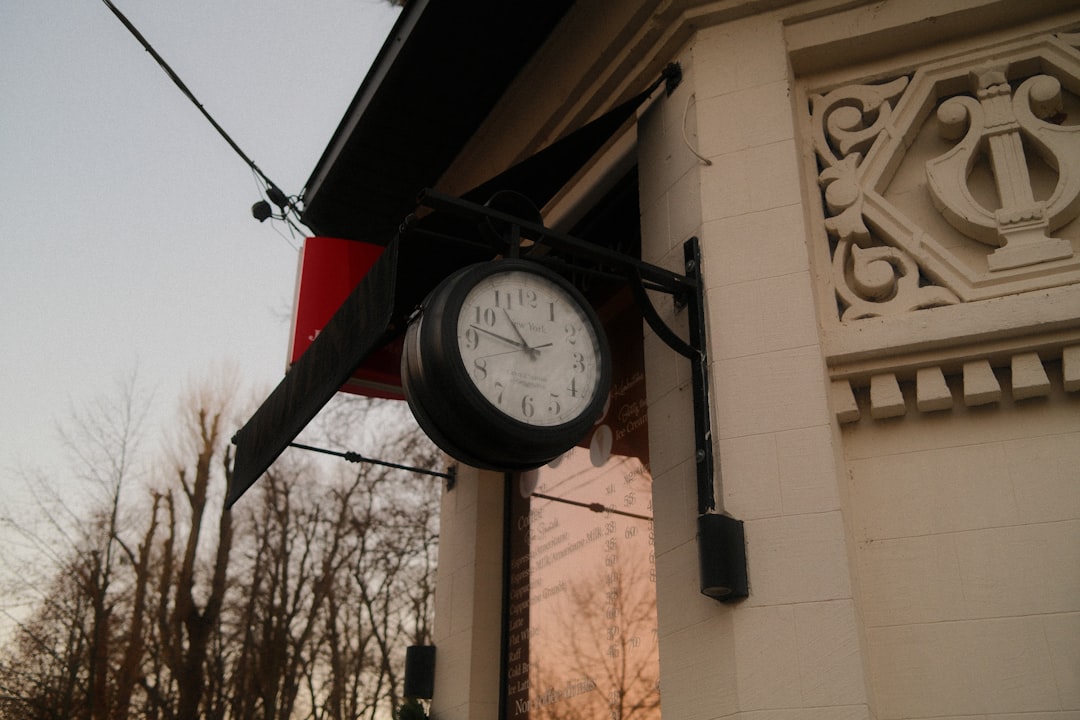
QR codes offer multiple format choices depending on your needs, but many shops struggle with how best to convert walk-in interest into trackable digital leads. Selecting the right format solves this challenge and keeps your data connected from first scan to final invoice.
- Web links: Drive scanners directly to booking portals, restoration case studies, 古董钟表修复 galleries, clock repair cost calculators, or knowledge base articles on pendulum adjustment. This is the most versatile format and supports real-time tracking of intent.
- vCards: Let customers instantly save your shop’s contact details. This is ideal for urgent repairs, concierge-level service, or high-end restoration inquiries where direct communication is key. Reducing friction at this step increases callback rates.
- Forms: Send scanners to pre-configured intake forms that accept photos and basic specs. Customers can self-qualify by clock type, era, and symptoms, which streamlines triage and ensures no interested party is lost due to cumbersome intake steps.
- SMS or email: Pre-fill a message to request a quote or share clock dimensions. This format is perfect for older clients or event attendees who prefer messaging over web forms, and it simplifies follow-up by keeping communication in a familiar channel. Learn more about driving scans to text with this SMS guide.
- App downloads and Wi-Fi access: While less common in this niche, QR codes can connect visitors to free Wi-Fi in your waiting area or guide enthusiasts to partner apps for collection management or timekeeping. Use selectively when it adds value.
A centralized QR management platform like Sona QR helps you create, update, and track these codes in one place. For clock repair, the highest value often comes from web links and forms for bookings and estimates, plus vCards for fast contact saves. Dynamic QR codes are recommended for any campaign where you anticipate updates or need detailed analytics, while static codes can be reserved for evergreen items like a PDF of care tips for mantel clocks.
Where to Find Growth Opportunities
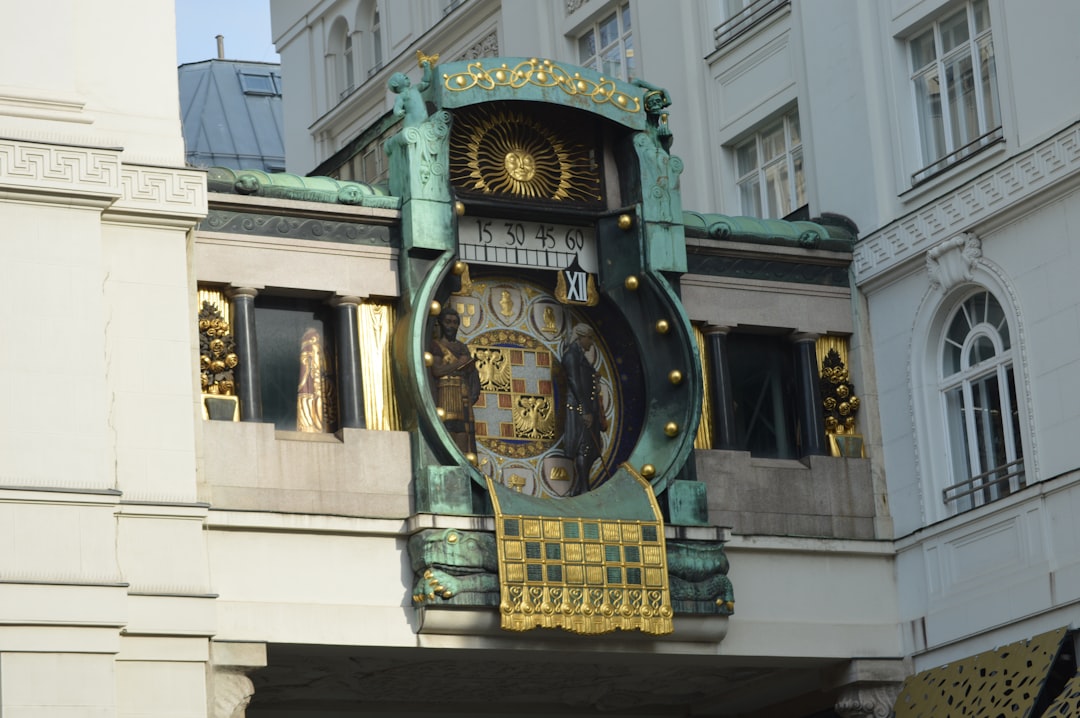
Physical shops struggle when high foot traffic fails to translate into trackable leads and sales. Deploying QR codes at strategic locations turns overlooked moments into growth opportunities and ties real-world curiosity to measurable digital activity.
- In-store signage: Place codes on display cases, demo benches, and before-and-after restoration boards. Link to educational videos, testimonial reels, or live calendars for booking. You will capture intent from previously anonymous shop visitors and gain data on which exhibits create the most interest.
- Packaging and inserts: Include codes with completed repairs to trigger product registration, maintenance tips, or review collection. This extends the customer journey, supports warranties, and surfaces upsell or referral possibilities such as cleaning kits or service plans.
- Direct mailers: Add QR codes to direct mail that promote annual cleanings, spring tune-ups, or winter humidity checks. Customers can instantly book and you can attribute results to specific neighborhoods, ZIP codes, and offers.
- Event booths: Use QR codes at antiques fairs, craft markets, and horology club meetings to capture collector interest. Codes can route to a special landing page for 古董钟表修复, an estimate form, or a gallery of museum-grade restorations. This solves the classic pain point of losing leads after busy events.
- Front window displays: Convert a beautiful restoration showcase into an after-hours lead engine. A prominent code with a benefit-driven CTA lets passersby scan, learn, and schedule even when the shop is closed.
Each placement should be paired with a clear promise, such as Scan to book a free inspection or Scan to see restoration case studies. Consistent, benefit-led framing boosts scan rates and conversion.
Use Cases for QR Codes in Clock Repair Shops
- Appointment scheduling: Place QR codes on business cards, shop windows, direct mailers, and community bulletin boards. Scanners land on a simple scheduler that supports photo uploads for pre-assessment. Outcome: fewer drop-offs, more booked consultations, and less phone tag for staff.
- Service menu access: Replace static menus with QR-enabled service pages that list offerings like movement overhauls, case refinishing, quartz conversions, and 古董钟表修复. Pricing ranges and turnaround times can be updated in real time. Outcome: reduced confusion, clearer expectations, and higher inquiry quality.
- Review and referral: Add QR codes to receipts, warranty cards, and packaging inserts that lead to Google reviews or a friend referral form. You can incentivize with a maintenance discount or priority turnaround. Outcome: more social proof, improved local SEO, and a steady stream of warm introductions.
These use cases align with the most common customer interactions: discovery at a shop window or event, consideration through service details and galleries, and post-service delight that turns satisfied clients into advocates. When powered by Sona QR, each code is trackable, editable, and connected to downstream workflows.
How to Build High-Value Audiences for Retargeting with QR Code Campaigns
Each QR code scan is a signal that contains context and intent. By deploying multiple QR codes across touchpoints, clock repair shops can segment audiences automatically and use that data to fuel precise retargeting and follow-up campaigns. This elevates your marketing from one-size-fits-all to tailored outreach that respects where each prospect is in the journey. For tactical guidance, see Sona’s Playbook intent-driven retargeting.
Start by aligning codes to funnel stages. An awareness code on a window display might lead to a restoration gallery, while a consideration code on a brochure goes to a detailed service menu. A conversion code on a pricing sheet leads to a booking form with time slots. With Sona QR, each scan inherits metadata such as placement, time, and device, which creates meaningful segments without manual effort.
- Create unique codes by journey stage: Separate awareness, consideration, and conversion assets. For example, run one code on event banners that routes to a showcase page, another on estimate cards that routes to a pre-filled intake form, and a third on in-shop price boards that routes to booking. Each list reflects a different readiness level.
- Tag audiences by service type and source: Distinguish between clock owners seeking maintenance, collectors seeking 古董钟表修复, and homeowners looking for repair on new purchases. Tag whether the scan originated in-store, via direct mail, or at a fair. Follow-up can then be personalized by need and channel.
- Leverage timing and location: Segment by time of day, day of week, or event location. For instance, weekend scans from an antiques show likely indicate collector interest, while weekday lunchtime scans may reflect local homeowners. Tailor messages and offers based on these patterns.
- Sync with CRM and ad platforms: Automatically feed scan data to HubSpot, Salesforce, or Meta Ads through Sona QR. Trigger email sequences with care tips for pendulum clocks, send SMS reminders for scheduled cleanings, or build custom audiences for seasonal tune-up campaigns.
For this vertical, distinct audience groups often include antique collectors versus first-time homeowners, complex movement restoration seekers versus routine maintenance customers, and urgent repair needs versus elective refinishing projects. Use these distinctions to guide creative, offers, and the tone of your follow-up.
Integrating QR Codes into Your Multi-Channel Marketing Mix
Disconnected campaigns and inconsistent messaging can leave prospects confused and disengaged, which wastes budget and misses revenue. QR codes solve this by linking every print and in-person asset with your digital funnel, creating a seamless customer experience and a unified brand presence that honors both heritage craft and modern convenience.
Here is how QR codes enhance a broader marketing strategy for clock repair shops:
- Brochures and print collateral: Add QR codes to service brochures, estimate cards, and before-and-after flyers. Drive traffic to landing pages, booking forms, and detailed service explainers. Each scan tells you which physical assets perform and which audience segments engage most.
- Social media and user-generated content: Use QR codes on event signage, packaging inserts, or workshop handouts to encourage video submissions, reviews, and photo shares of restored clocks. You can track who engages and create retargeting lists based on scan behavior and content uploaded.
- Direct mail: Make seasonal mailers measurable by including QR codes that link to personalized offers, tune-up reminders, or lead forms. You will know who scanned, when they scanned, and how they responded, allowing you to optimize future drops.
- TV, digital signage, and video ads: Display QR codes in local TV spots, YouTube pre-rolls, or in-window displays. Instead of asking viewers to type a URL, let them scan the screen to claim a new-customer inspection or view a restoration time-lapse gallery. See ideas for digital signage.
- Conferences, trade shows, and events: Add QR codes to booth signage, brochures, and name badges at antiques fairs and horology meetups. Each scan captures intent and can be tagged by location and time to power segmented follow-up, such as a special offer for event attendees.
QR codes serve as the offline onramp to your digital marketing engine. They also unlock measurement across channels that were once difficult to track. With a centralized platform like Sona QR, you can manage all your codes, monitor performance, and sync scan data with your CRM and ad platforms to keep every channel working in concert. For measurement across offline channels, see Sona’s blog post the essential guide to offline attribution.
Step-by-Step QR Campaign Execution Checklist
Industry-specific pain points such as campaigns that generate interest but no trackable engagement can be addressed through careful planning and deployment. Use this process to ensure your QR campaigns turn scans into measurable business outcomes.
Step 1: Choose Your Use Case
Define exactly what you want a scan to accomplish and where it fits in the journey. For example, at antiques fairs you might prioritize capturing collector interest for 古董钟表修复, while in-store you may focus on bookings for routine cleanings and adjustments.
- Clarify the goal: Appointment booking, estimate requests with photo uploads, post-repair reviews, or loyalty enrollment.
- Map context to action: Window display scans route to booking; event banner scans route to a restoration gallery; receipt scans route to review pages.
- Align to business impact: Choose use cases that shorten time to appointment, raise average order value, or increase referral rates.
Step 2: Pick a QR Code Type
Select a format that matches your goal. Most shops should choose dynamic codes for trackability and flexibility, particularly for campaigns that will evolve over time.
- Dynamic QR codes: Support edits, A/B tests, and analytics without reprinting. Ideal for promotions, service menus, or multi-step funnels.
- Static QR codes: Use for unchanging destinations such as a PDF of care instructions or a permanent vCard.
- Format alignment: Web links for booking forms and galleries; Google Forms for estimate intake; vCards for urgent consultations; SMS or email for quick quote requests.
Step 3: Design and Test the Code
A well-designed QR code signals professionalism and improves scan rates. Make it branded, legible, and accompanied by a compelling CTA.
- Visual identity: Add your logo, brand colors, and a tidy frame. Maintain strong contrast for reliable scanning.
- Benefit-first CTA: Use specific prompts like Scan to request estimate, Scan to book a cleaning, or Scan to see restoration before and after.
- Scannability QA: Test on multiple devices, at different angles, distances, and lighting conditions. Print at least 1 by 1 inch for arm’s length scans and larger for windows or signage.
Step 4: Deploy Across High-Impact Channels
Place codes where your audience naturally engages. Match placements to buyer behavior and ensure that each environment supports easy scanning.
- In-store and out-of-home: Shop windows, display cases, counter mats, A-frame sidewalk signs, and community boards.
- Events and partnerships: Antiques fairs, clock club meetings, library talks on horology, and local heritage festivals.
- Print and packaging: Direct mailers, business cards, estimate sheets, warranty cards, and packaging inserts for completed repairs.
Step 5: Track and Optimize
Data turns QR codes into a performance channel. Instrument your campaigns so every scan leads to insight and improvement.
- Analytics setup: Use Sona QR to track scans by time, location, device, and campaign source. Append UTM parameters to destinations for consistent reporting.
- Conversion mapping: Tie scans to outcomes such as bookings, completed repairs, reviews, and repeat visits. Identify drop-off points to refine offers or pages.
- Iterative improvements: A/B test CTAs, landing page layouts, and code placements. Shift budget toward the placements with the highest scan-to-appointment rates.
When you run this checklist end to end, QR codes evolve from static links into a measurable system for acquisition and retention. Small upgrades like better CTAs or context-appropriate destinations often yield outsized gains in conversion and satisfaction.
Tracking and Analytics: From Scan to Revenue
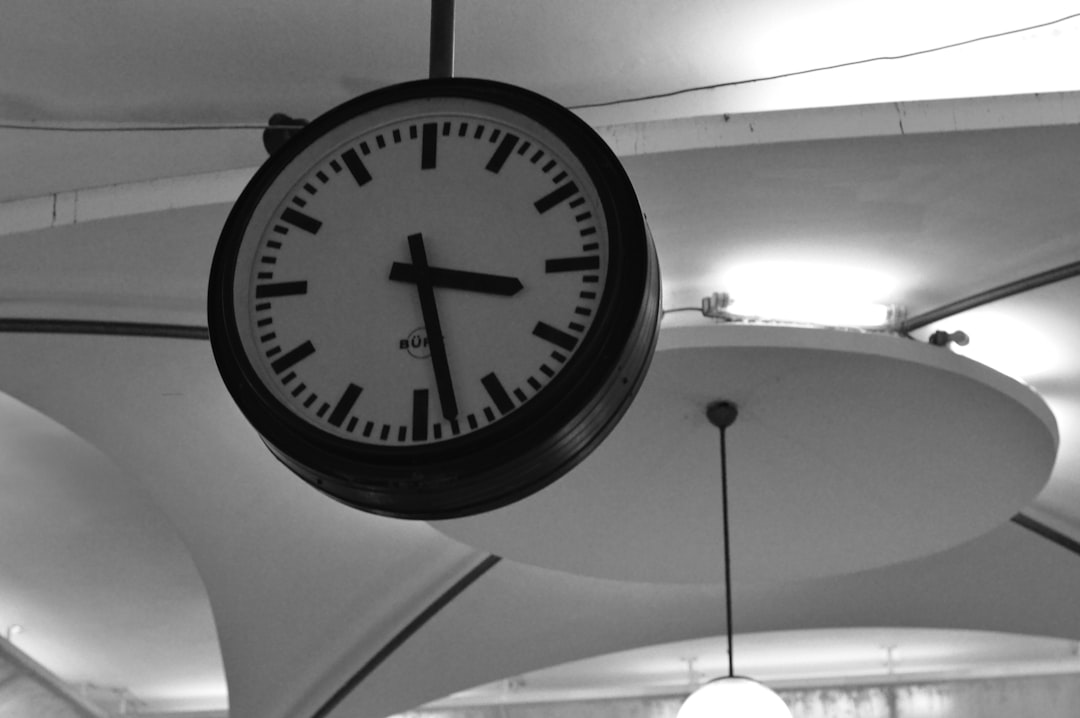
Tracking down the true source of leads and attributing revenue to specific campaigns is a persistent clock repair industry hurdle. QR code analytics provide visibility that connects offline engagements to digital actions and outcomes, replacing guesswork with facts. When you can see the journey from window scan to estimate to completed overhaul, it becomes easier to scale what works.
With Sona QR and Sona.com, you can build a measurement stack that moves beyond vanity metrics to revenue attribution. Sona is an AI-powered marketing platform that turns first-party data into revenue through automated attribution, data activation, and workflow orchestration:
- Track every scan: Capture detailed data including time, device, location, and campaign source. Know whether a scan came from a window sign, a mailer in a specific ZIP code, or an antiques fair banner.
- Measure engagement by channel and context: Compare performance across placements and creative variations. Identify which QR frames, CTAs, and environments produce the highest scan-to-booking rates.
- Respond in real time: Use live dashboards to tune campaigns while they run. For instance, increase print volume for a flyer that is outperforming, or adjust an event landing page if mobile conversion is lagging.
- Sync with your CRM: Automatically enrich contacts in HubSpot or Salesforce with scan activity. Trigger sales alerts for high-intent actions such as estimate form submissions that include photos of clock mechanisms.
- Attribute revenue: Use Sona.com to connect anonymous scans to known buyers through identity resolution and multi-touch attribution. For measurement frameworks, see single vs multi-touch attribution models.
- Unify fragmented touchpoints: Tap into Sona’s Buyer Journeys to link QR scans with website visits, ad clicks, email engagement, and CRM updates. Build a complete picture from first touch to purchase, which informs forecasting and staffing.
When scan data is joined with service outcomes, clock repair owners gain a clear line of sight to ROI. The result is better budget allocation, smarter staffing around demand spikes, and a continuous improvement cycle that compounds over time.
Tips to Expand QR Success in Clock Repair Shops
Many clock repair shops only scratch the surface of what QR codes can achieve. You can drive more value by sharpening your deployment and turning scans into automated, personalized follow-ups.
- Use unique QR codes for each print asset: Segmentation by flyer, receipt, and packaging uncovers hidden trends and supports precise retargeting. For example, track whether window scans lead to higher average repair values than mailer scans, then adjust offers.
- Always apply UTM tracking and scan analytics: Attribute traffic accurately by source and medium so reporting is clean. Consistent tagging enables true comparisons between placements like event banners versus in-store displays.
- Trigger automated follow-up after each scan: Send thank-you emails with care tips, SMS reminders for upcoming appointments, or request a short video of a clock’s behavior to diagnose remotely. Sona QR integrates with common CRMs so you can automate these steps with minimal effort.
- Educate staff to promote scanning: Train front-of-house teams to explain what customers get by scanning. For example, scanning a code on the counter might reveal turnaround times, movement options, or the next available appointment.
Two creative ideas to consider: place a QR code on loyalty cards that grants priority scheduling for seasonal cleanings, and add a QR code to invoices that lets customers enroll in a maintenance plan with auto-reminders at 6 or 12 month intervals. Both deepen relationships and create predictable revenue.
Final Thoughts
QR codes have quickly become a strategic lever for clock repair shops seeking to modernize their customer journey and marketing measurement. Persistent industry challenges, from unclear attribution and anonymous leads to lost upsell opportunities and disconnected campaigns, can be resolved by embedding QR-driven workflows into every facet of shop operations and outreach.
By turning every physical asset, be it a shop sign, packaging insert, or event booth, into a digital entry point, repair shops can create a cohesive funnel that captures intent at the moment it appears. When each scan leads to a clear next step and your team can see exactly which materials perform, it becomes easier to invest confidently and grow sustainably.
- Engage clock owners and enthusiasts at their moment of interest: Convert otherwise lost intent into booked appointments and informed consultations.
- Guide customers seamlessly from discovery to action: Reduce manual friction by routing scans to the right destinations, such as estimate forms with photo uploads or review pages.
- Transform scattered touchpoints into actionable data: Build a marketing system where every interaction is measured and optimized for repeatable growth. See Sona’s blog post the importance of accurate revenue attribution.
With the right QR management and tracking through Sona QR, clock repair businesses can reduce wasted spend, modernize their brand experience, and unlock measurable new revenue streams. Thoughtful deployment bridges the gap between traditional craftsmanship and modern client expectations. Every scan converts anonymous offline interest into actionable engagement, ensuring valuable leads are captured and nurtured.
For shops ready to get started, Start creating QR codes for free, connect them to simple landing pages or forms, and place them on your highest-traffic surfaces. Measure scan-to-appointment rates, optimize your CTAs, and expand to direct mail, events, and packaging once the core funnel performs. In a specialized craft where trust and precision matter, QR codes offer a practical path to stronger relationships, predictable bookings, and a lasting competitive edge.
Conclusion
QR codes have revolutionized clock repair shops by transforming traditional customer interactions into seamless, measurable engagement opportunities. Whether it’s attracting new clients, enhancing in-store experiences, or streamlining appointment bookings, QR codes replace cumbersome processes with instant, mobile-friendly actions that drive conversions and deepen customer trust. Imagine customers effortlessly accessing repair histories, maintenance tips, or special offers with a simple scan—turning curiosity into loyal patronage.
With Sona QR, clock repair shops can create dynamic, trackable QR codes in seconds, update campaigns without reprinting, and link every scan directly to revenue. This means no missed leads, smarter marketing decisions, and campaigns that evolve with your business needs. Start for free with Sona QR today and turn every scan into a valuable connection that keeps your clocks ticking and your business growing.
FAQ
How do I find a reputable clock repair shop in my area?
Look for clock repair shops that provide clear contact details, positive customer reviews, and use modern tools like QR codes to facilitate easy appointment booking and transparent service information.
What services do clock repair shops typically offer?
Clock repair shops usually offer services such as movement overhauls, case refinishing, quartz conversions, antique clock restoration, and routine maintenance like cleanings and tune-ups.
How much does it cost to repair a clock?
Repair costs vary depending on the service, but many shops provide cost calculators or pricing ranges accessible via QR codes on their websites or printed materials for up-to-date estimates.
What are the signs that I need to take my clock to a repair shop?
Signs include clock malfunction, unusual noises, inaccurate timekeeping, or if your clock requires routine maintenance, cleaning, or restoration.
How can I tell if a clock repair shop is reliable and trustworthy?
Reliable shops offer transparent service menus, enable easy appointment scheduling, encourage and showcase customer reviews, use trackable engagement tools like QR codes, and provide clear communication channels.





















